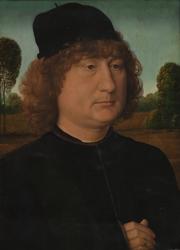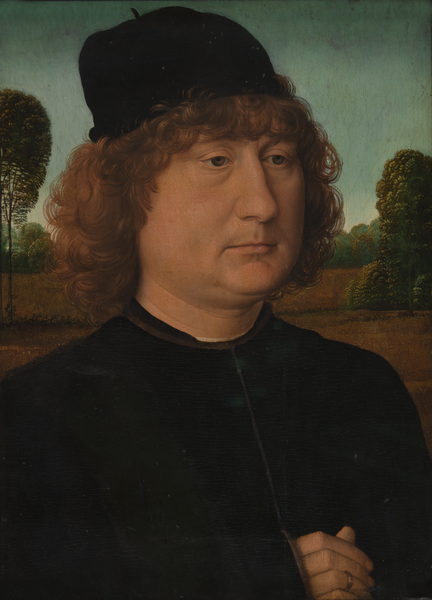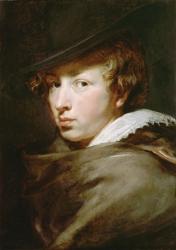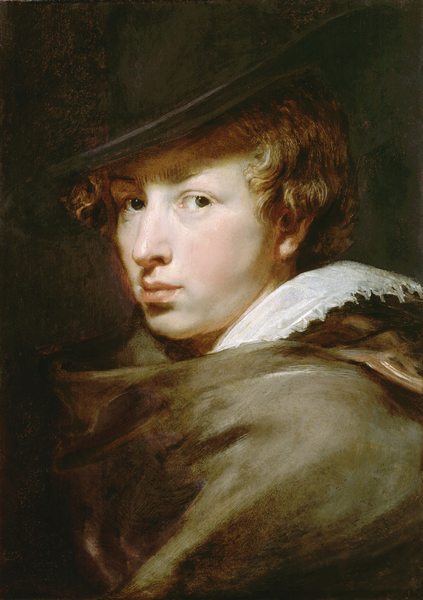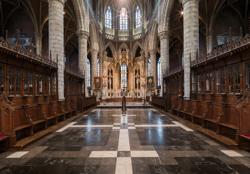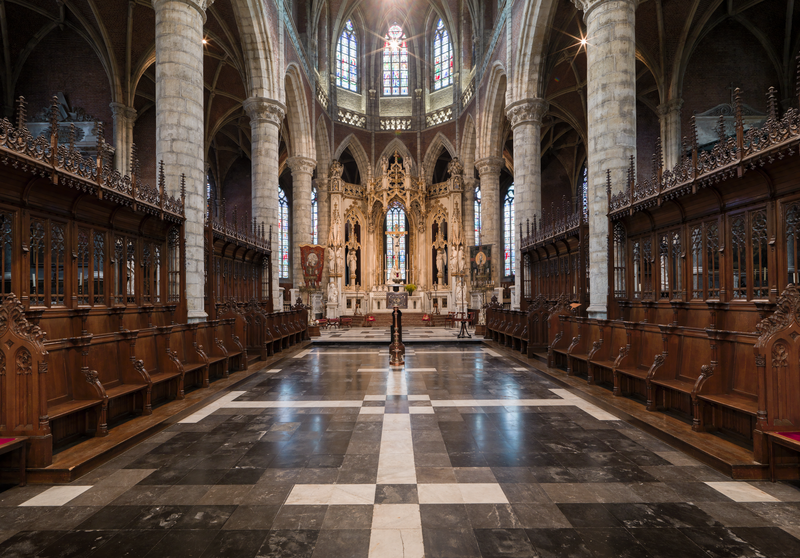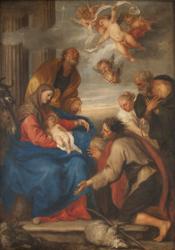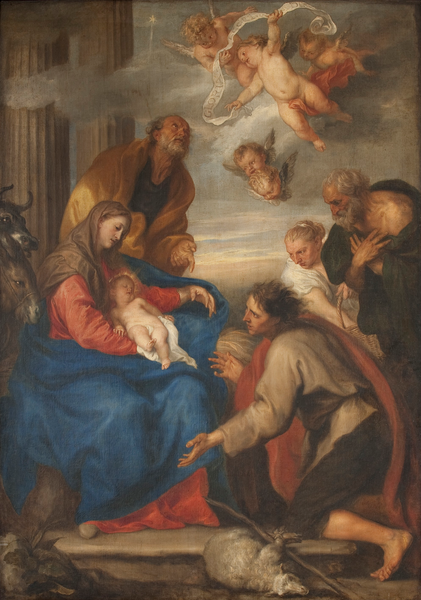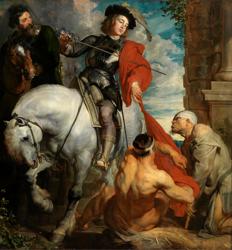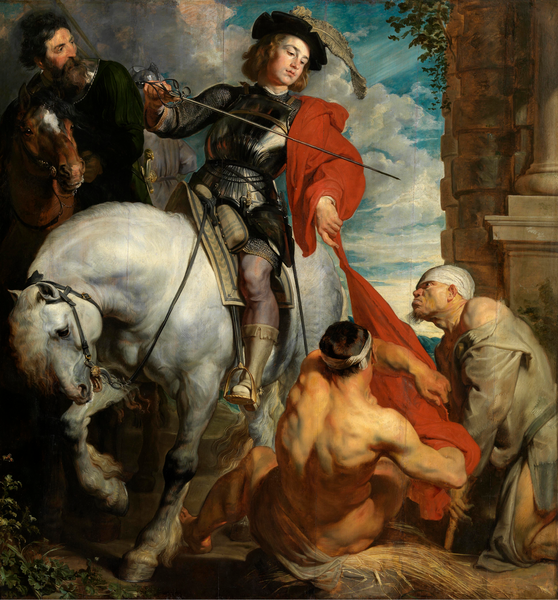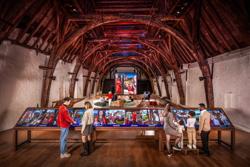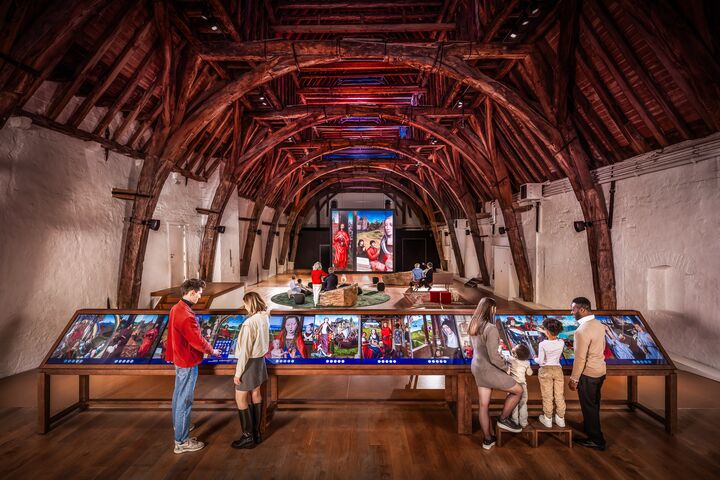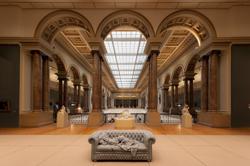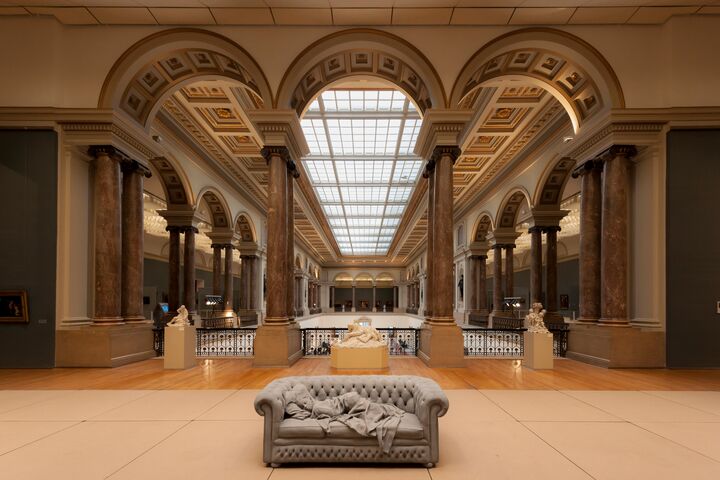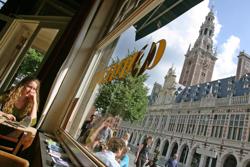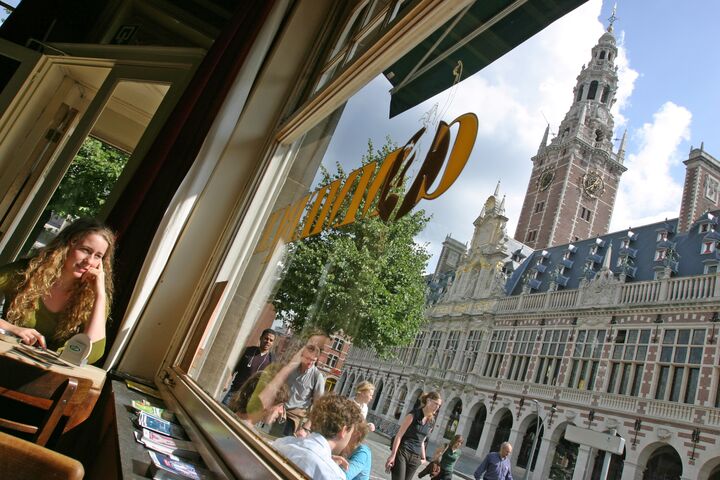Flanders’ impact is exemplified by luminaries such as Jan van Eyck, Pieter Bruegel the Elder, Peter Paul Rubens and their contemporaries. Their skill, creativity and innovations made Flanders one of the world’s most important regions for the arts. Many following generations of artists built on these foundations, modern master James Ensor for example.
This impressive artistic heritage is omnipresent in Flanders. As well as museums containing a wealth of masterpieces, there is art to be found in numerous churches and castles, town halls and abbeys, chapels, artists’ homes and many other places. Flanders is one enormous museum, as it were, courtesy of the Flemish Masters.
Who are the Flemish Masters?
Bruegel, a citizen of Brussels in Antwerp
While Pieter Bruegel did live in Antwerp for a time, Brussels was his home. This is where he painted his most important works, had his children and breathed his last. The two cities are ideal places to explore his genius.
Rubens, citizen of Antwerp to the bone
You can’t say Rubens without saying Antwerp. This pioneer of Baroque is inextricably linked with the city. In his home city, an impressive collection of his works are available to admire at the Rubenshuis, Cathedral of Our Lady, Saint James’ Church and Royal Museum of Fine Arts (KMSKA).
Van Eyck: associated with Ghent, at home in Bruges
Van Eyck will forever be associated with Ghent thanks to his Ghent Altarpiece. This masterpiece is still on display in St. Bavo’s Cathedral to this day. Van Eyck also had a bond with Bruges, where he lived for the majority of his life. The city’s Groeningemuseum does homage to him, and Antwerp houses several of his paintings as well.
Ensor, all around Flanders by way of Ostend
James Ensor’s home was and always will be in Ostend. This Queen of seaside resorts contains the Ensor House and Mu.ZEE, which grant a glimpse into the artist’s life and work, while the world’s largest Ensor collection is housed at the KMSKA in Antwerp.
Van Dyck, an ambitious tour of Ghent, Dendermonde, Kortrijk and Zaventem
His iconic portraits are unique in the history of European art. Van Dyck even travelled to Italy and England as a court painter, but it was here in Flanders that he mastered the craft from none other than Rubens himself. Follow in his footsteps in Ghent, Dendermonde, Kortrijk and Zaventem. He also left a deep impression in the cities of Antwerp and Mechelen.
Hans Memling – the standard bearer of the Flemish Primitives, at home in Bruges
Hans Memling was born in Germany, but made his home in Bruges. In fact, the standard bearer of the Flemish Primitives spent more than half of his life there and it was in Bruges that his impressive body of work full of detail, symbolism and sophistication saw the light of day. That sense of opulence has been preserved to this day in Bruges and in the rest of Flanders and is there for you to discover.

